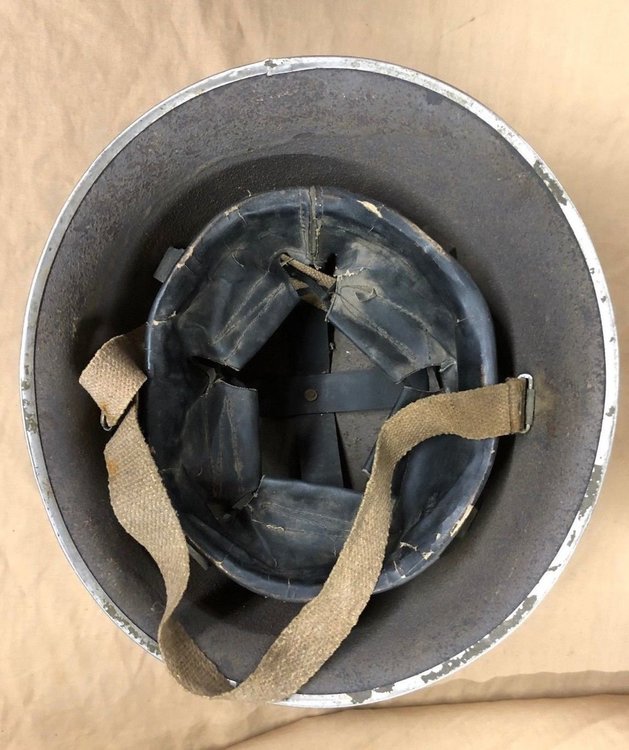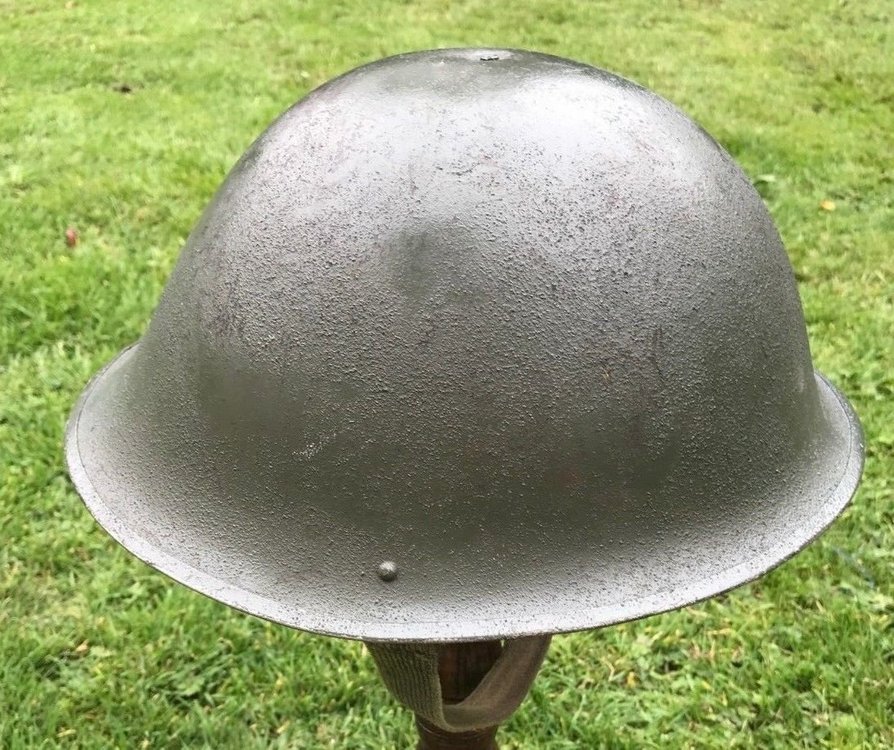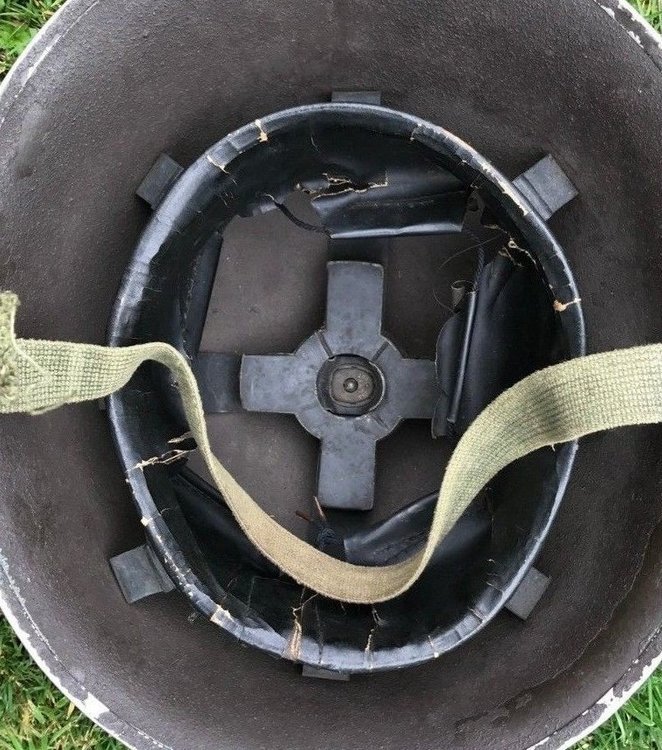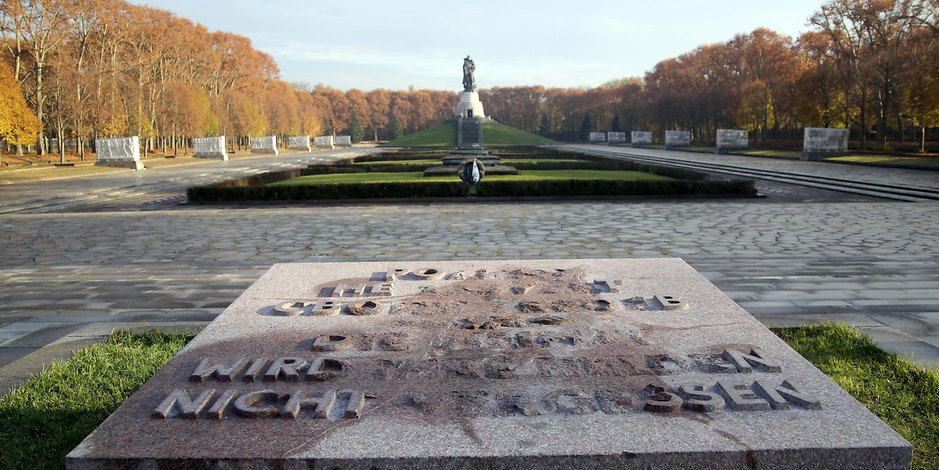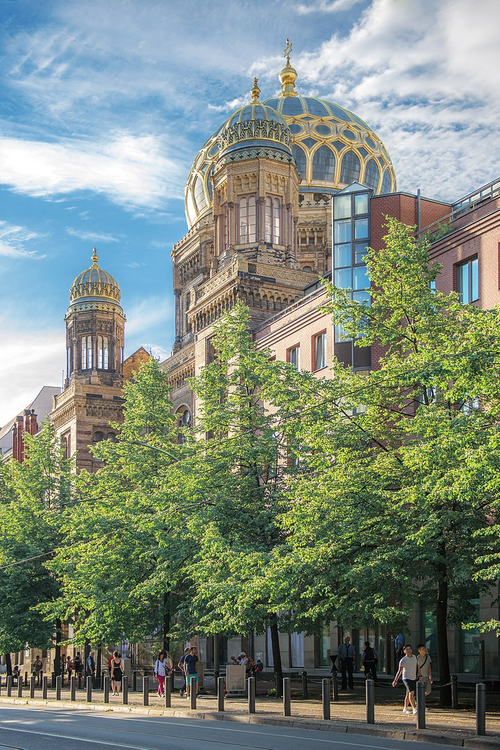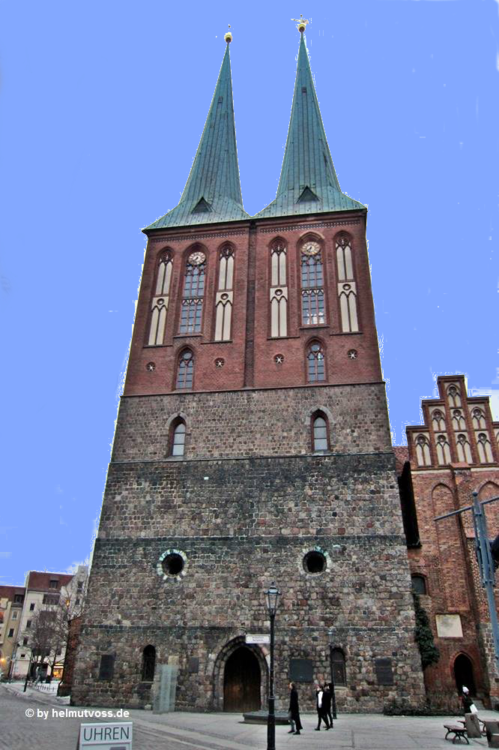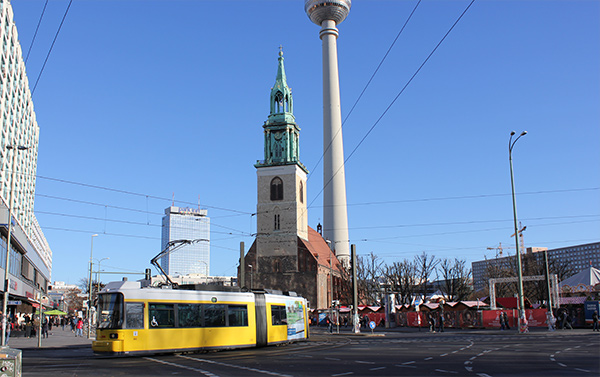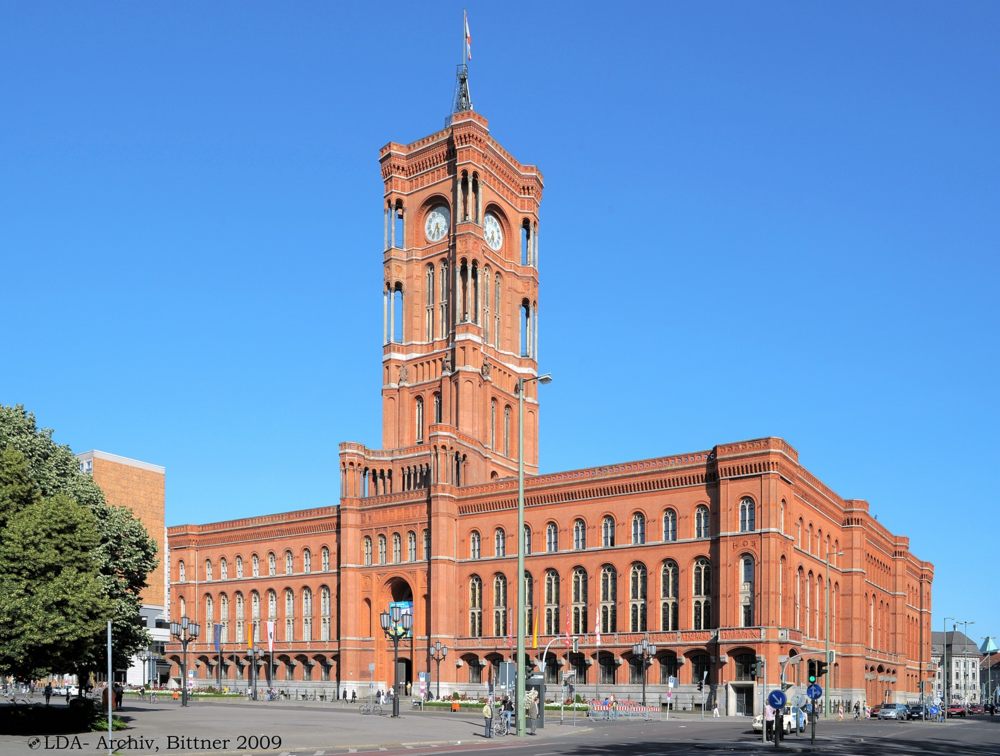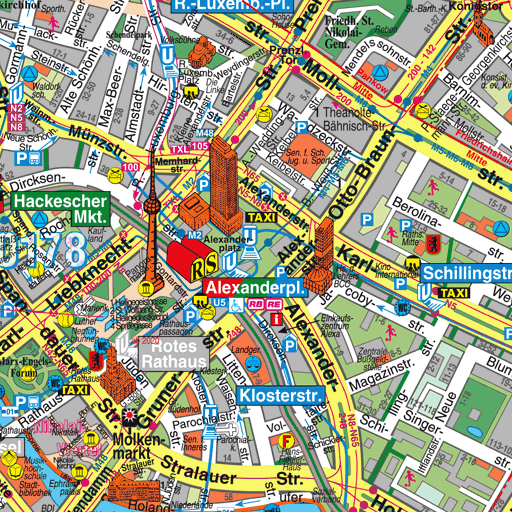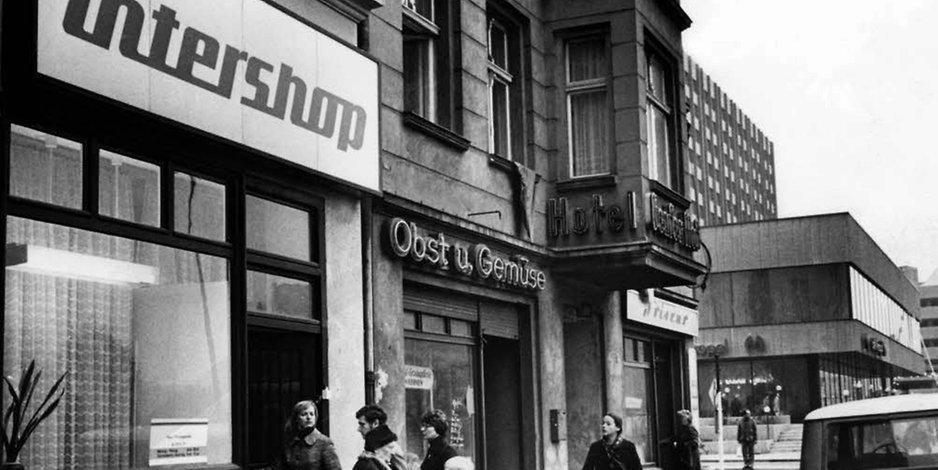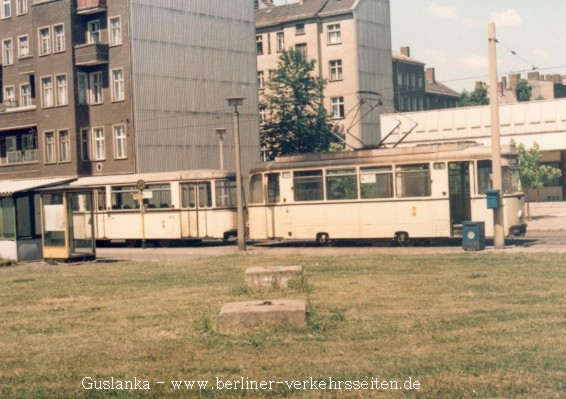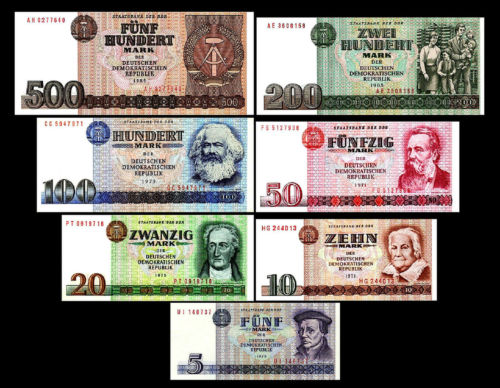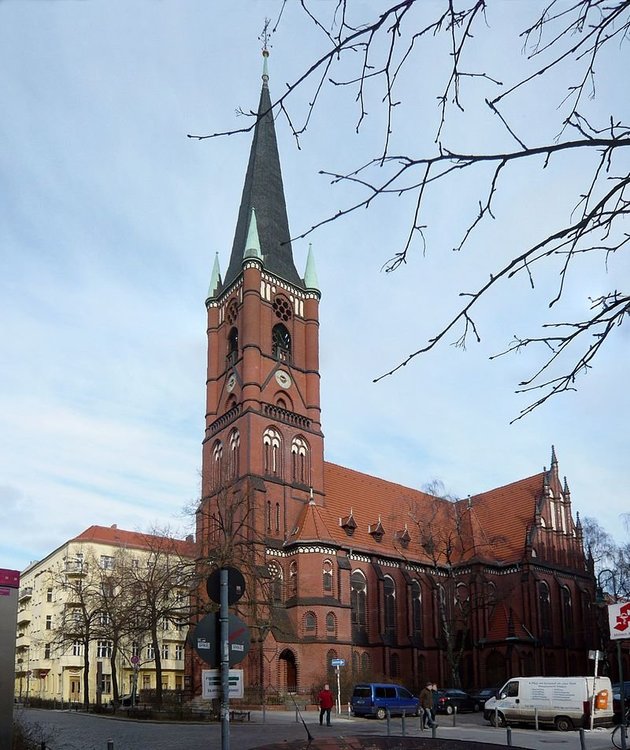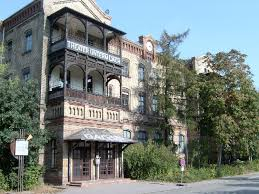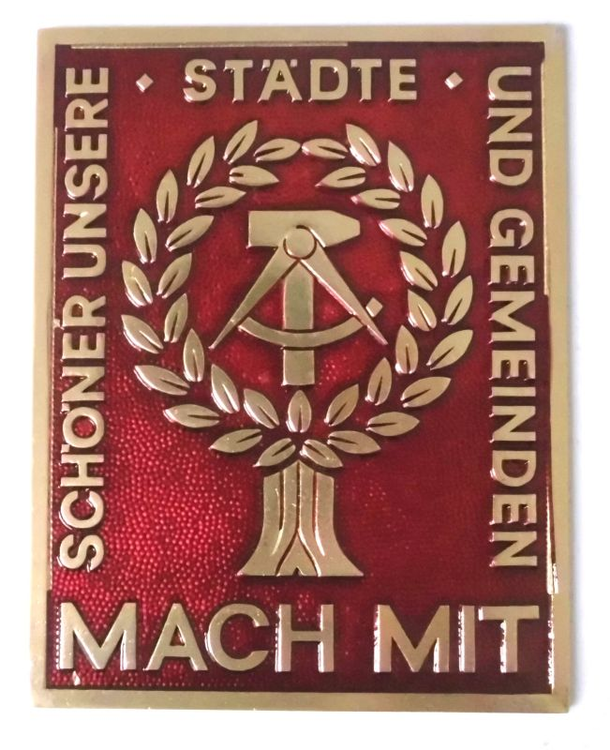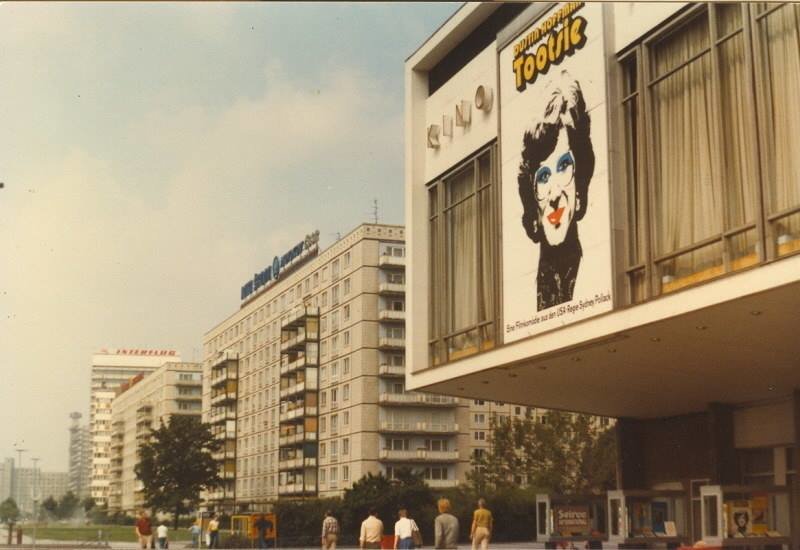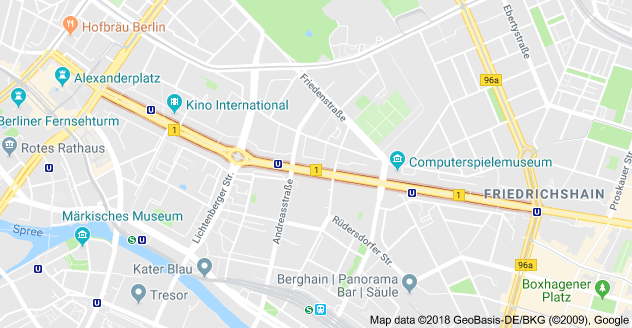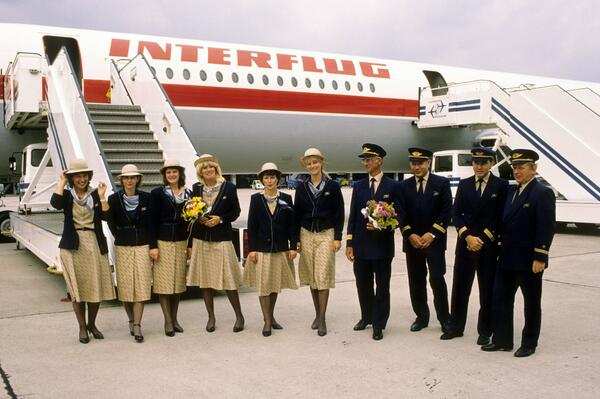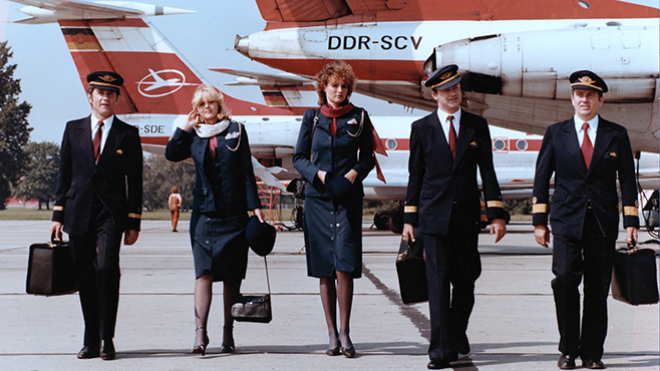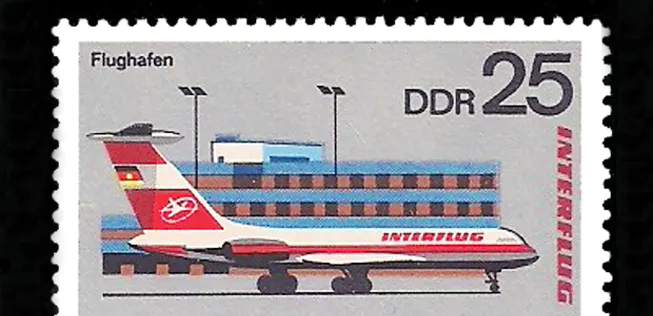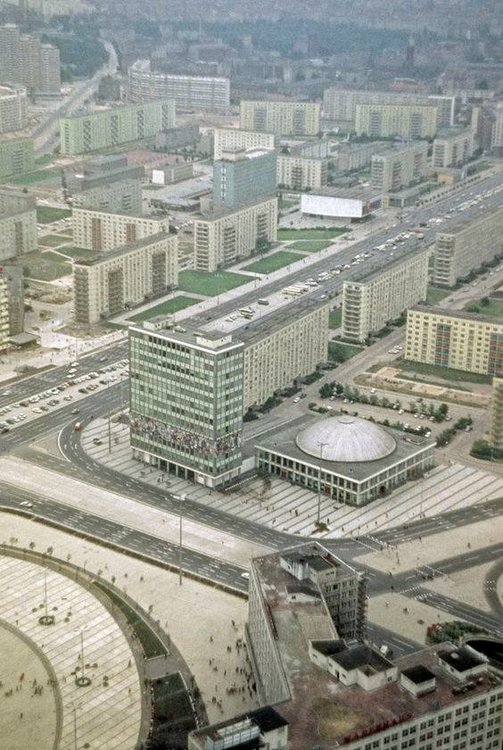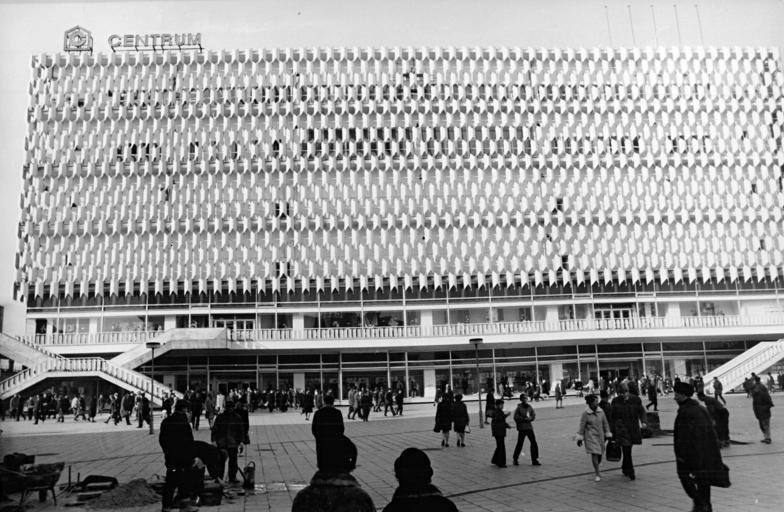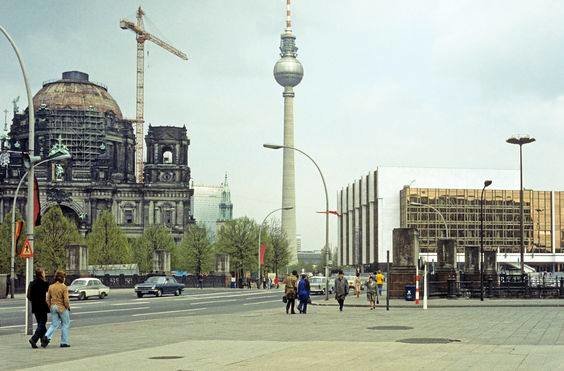Leaderboard
Popular Content
Showing content with the highest reputation on 20/11/18 in all areas
-
They are certainly from the Royal Artillery, the bandeliers and riding breeches indicate that they are the horse-drawn field artillery, and still wearing the stiff top peaked cap as worn at the beginning of the war before the soft cap was introduced, former was still worn as an off duty headdress.3 points
-
Hello all, I’ve found some old photos and postcards from some of my relatives time in the millitary, many will appear on here at some point as there are some interesting ones and some I have questions about. However this is one of the later, could anyone date the picture from this postcard? also what are the chances that this was a personal picture put on card or is it just a generic one? Any help will be greatly appreciated. Thanks in advance, Jack2 points
-
Hello all, It may seem like I’m starting a thread for everything this evening but hopefully they all have some worth. Here is a postcard from the Great War addressed to my great grandmother from her husband. It is silk with a a pouch containing a message card,complete with the envelope that has a censors stamp and the embroidery reads ‘To my dear wife’. I have another with the cap badge of the Middlesex reg on it however I can’t find it at the moment. If anyone else has anything similar could they post them as it would be nice to see more examples. Regards, Jack2 points
-
The vehicle in the picture is a Austin K2 Auxiliary Towing Vehicle (ATV) the suffix ATV was likely added after the war as there is no period evidence of it, 20,000 were ordered by the government in 1941 however few arrived in time for the height of the Blitz, They remained in service till 1970 with some regional fire services. I've attached a link to the page where I read all that it goes into good detail for anyone interested. http://www.romar.org.uk/page381.html regards, Jack2 points
-
Hi Jack, yes these were personal portraits so one of the soldiers is probably a relative of yours or maybe both if they are brothers, I agree, early war probably 1914 or 15.2 points
-
Thanks, I believe she lived in Cricklewood, north west London, on the side of the truck in the photo there is NFS badge and below it two lines of writing, I think the number 34 is the start of the uppermost line. So from the chart you posted above could be for Ealing. Although it could just be part of a larger number and not related to the area code, so I'm just about to look and see if i can find any pictures of NFS trucks to see what is written on the sides. Regards, Jack I have found a film on the NFS but cannot view it as I don't have the right player but hopefully the link will copy okay below2 points
-
2 points
-
Portrait photo Jack WW1 period no way to date it without a post date stamp.2 points
-
Hello all, Here are a collection of postcards depicting a funeral for air raid victims dated 20/10/15. Of course the blitz of the Second World War is always remembered due to its scale and length but the bombings of the First World War are often forgotten so I thought it was worth posting these. Hope someone finds these of interest, Regards, Jack2 points
-
Thanks for sharing this Leon it’s very informative. I wish to add a photo of my grand aunt who I believe from this photo was in the NFS as a driver but that’s only an inference and will have to do some more digging to prove her role. I don’t have a date for this picture but believe it’s from the Second World War or just after as that’s what the pictures around it were dated. Thanks again for the information above. Regards, Jack2 points
-
Yes it could be, I’ll give one a polish tomorrow to see how it looks and if I don’t like it I could always paint over it later. Regards, Jack2 points
-
I fixed the link on your film Jack, here's another interesting film and although not NFS it is related being Civil Defense it's the first time I've seen the Civil Defense helmets being worn in a film.1 point
-
1 point
-
Thank you Kenny, I didn't know they could be 2nd pattern goggles. And great photo!1 point
-
1 point
-
Her's a picture I saw in internet, these are commercially offered, specially for helmets, in principle no different to your example, both are missing a softer padding, and considering they cost 28 Euros + postage, yours is just as good. And further examples, for caps, not the best idea, as the top will sag considerably.1 point
-
Made the stands, they seem to work which is always a plus, just need to put some glue between the pole and base to make it extra secure and then paint them all. Ended up using a plank from an old bed and a 18mm x 2400mm dowel (turns out my broom handle still had a broom on the end and the shop didn't have any) so all in all it works out as 12 stands for five pounds which is pretty good. Regards, Jack1 point
-
They are not sealed airtight but none the less I'll check on them regularly just to make sure, as anything going wrong when I haven't had them long would be disaster. A bit of both seems the most reasonable answer, due to their lack of use there isn't a lot about them (but thanks to you more than I originally thought), but I guess overall that's a good thing given the circumstances of their creation. Thanks as always, Jack1 point
-
It's unclear jack, my guess is some helmets that sat in army stores were returned back to the factories for repainting, while other new made helmets were painted blue from the start, It's unclear how many police helmets were needed.1 point
-
Try this site Jack has the history of police helmets from WW2 to the 1950s, ( avonsomersetpolice.blogspot.com/2015/09/ww2-british-police-helmet-html )1 point
-
Avoiding scratches is a big concern of mine, these helmets currently spend the majority of their time in bubble wrap and neatly placed beside each other in the draws under my wardrobe until I can make the stands and put up the shelving required to display them properly. Personally the existing scratches don’t really bother me just show the character and history these things have (however I don’t intend to add to them) and also make them easier to purchase which is always a plus. regards, Jack1 point
-
All of the Mk.II Police helmets that I had and saw in the late 60s were first issue Police, had never been anything else. Most of them were never needed and sold then at the end of the 60s en masse, for 2 shillings a piece, they were all mint, minus a few storage marks. Try to avoid scratches to the paintwork of your helmets, even inside. Paintwork is always the most vulnerable and probably the most decisive and valuable part of a helmet (at least with German helmets), and loses enough substance anyway through time.1 point
-
Interesting, could you say where you read that as I have been looking for info on these but may of just been looking in the wrong places. I've also been searching for a photo of one of these in use but that has also been fruitless as of yet. I've attached a photo of my other police MK IV to show the colour difference, the second lighter blue seems to be the common type so I am leaning towards the idea that the darker blue could be because of the over paining and the striping of the paint. It is stamped RO CO AL 1953 and seems to have the same brown paint underneath the blue regards, Jack1 point
-
Glad you like it, It is marked RO CO and then either PQ or PO its hard to tell but I think its PQ. Followed by a small o and then 53 So I believe the translates to Rubery Owen & CO and 1953. I think PQ/O relates to a batch code. However as correct me if I'm wrong. As for the paint it appears it was originally painted a smooth brown before being painted a dark blue for use by the police. This blue seems to be darker than my other example and others I've seen on forums. At some stage it was then over painted an olive green however the reason for this is unknown to me, I think it was unlikely it returned to the army so could of been done whilst in private hands, but this will probably remain a mystery. At some point this green was removed from the outside but remains inside the shell. I find the pattern left on the shell by the removal of the paint rather attractive and that was what drew me to this in the first place. Regards, Jack1 point
-
I like the police helmet Jack what can you tell me about it, is it dated?.1 point
-
Thanks for picture and advice as always, Before ruining my lovely broom and plank I decided to make a proof and concept to make sure everything would actually work. So using a random stick that I whitled long ago and some cardboard I created my very own first helmet stand. Not very pleasing on the eyes but functional none the less, the hole in the top is for the liner spike as one of my MK IVs is without a liner. I aim to make the proper ones on Monday. As to varied heights, personally I think I prefer them all at the same height and as I only have a small collection I don't have to worry about space as of yet. However in the future it is a problem I hope to have. EDIT: Excuse the jagged cut but I did do it with a penknife Thanks again, Jack1 point
-
If you place the helmets at varying heights, overlapping and underlapping, you will save a lot of space. I find normally only 5 helmets fit on a standard shelf.1 point
-
1 point
-
Thanks for the photo's Anar, the liner you have is the new liner that BMB produced in 1939 and was approved by the war office that year with production starting immediately in BMB, it wasn't until 1940 that this new liner was made by other companies, so the liner would be classed as a Mk1* liner.1 point
-
Thanks for the reply. Making the stands out of a headboard is rather resourceful and clever. I’m fairly certain there is an old broom handle in the shed and I’m sure I can find a spare plank around, so I may give making my own a go over the weekend, probably won’t turn out presentable but you never know. thanks again for all the help, Jack1 point
-
1 point
-
Yes very interesting I've never seen these before but would agree with Paul they do look WW1 period or just after.1 point
-
Yes the paint looks fine Jack, as for displaying helmets I have mine on wooden stands in a display cabinet the stands I made myself from the ends of a pine headboard.1 point
-
Yes, I've found examples in different stores and web sites, but what I've never seen is an actual german soldier using them. Haha Fritz, that was funny. Hope you don't think I use this item skiing on holidays. I said how interesting it is looking through them. Naturally they are part of my colection and for display purpouses. Regards1 point
-
Welcome to the forum Jack, the Mk 3 helmet was first developed in 1941 for the British Army and first worn in combat by British and Canadian troops on D-Day 1944. Although designed in 1941 the helmet was not manufactured until late 1943, it was produced by three companies which were as follows Briggs Motor Bodies Ltd ( BMB ) of Dagenham. Fisher & Ludlow Ltd ( F&L ) of Castle Bromwich. Rubery Owen Co Ltd ( RO & CO ) of Leeds They were painted in a textured kharki green colour but later painted in a textured dark brown colour, the helmets were used alongside the Brodie helmets until late 1944, the Mk3 was itself replaced after the war by the Mk4 some time in 1945. The Belgians produced the Mk3 helmet post-war but do not have any manufacturer stamp or date marks on their shells. The Mk3 and Mk4 are almost identical but the rivets on the Mk4 are lower down the side of the helmet and the liner is a attached with the detachable lift and dot release principle. Here are images of the Mk3 and Mk4 helmets below the x shaped rubber is missing from the Mk3 liner image.1 point
-
A related question: my Great Grandfather (Alfred Douglas Wallace) served with the RMLI & it appears from his service record (attached) he went to France with the BEF. Then there’s an entry he was with the MEF from 8 May 1918 to 12 Feb 1919. Does anyone know what this means? Where would he have been posted these dates? cheers ADM-159-178-2076.pdf1 point
-
Try looking through internet, I'm sure you'll find something similar. I don't think collectable militaria should be worn.1 point
-
Many thanks Fritz as always . They are pretty interesting to wear. Is there any graphic example out there showing a german soldier wearing them, or any museum reference? Thanks1 point
-
1 point
-
1 point
-
I remember those old trams well, you could walk in and out without paying, nobody cared, otherwise, you could put a token 30 Pf. into the Kasten and roll out a ticket Einmal ziehen, bitte: Ein Fahrscheinautomat aus DDR-Produktion, in Berlin im Einsatz bis zur Wende. Foto: DDR Museum, Berlin 2020 Zahlkästen und Zahlboxen gab es in Berlin bereits sehr früh, und man setzte hier auch lange auf die einfache, aber effektive Methode. Kunden*innen von Straßenbahn, Bus und U-Bahn warfen ihr Geld ein und zogen sich einen Schein, eine Fahrkarte kostete 20 Pfennig. Die Kontrolle erfolgt mittels anderer Fahrgäste und einem sporadischen Abgleichen der ausgegebenen Fahrscheinnummern. Noch 1990 konnte man in Berlin diesen Zahlboxen begegnen, heute sind es nur noch Museumsstücke. Wer knipsen wollte, kam nicht um ORWO-Filme drumherum. Foto: DDR Museum, Berlin 2020 The Hit - popular film material in quality black and white and colour, ORWO Films from Wolfen /Bitterfeld Eins der bekanntesten Akronyme in der DDR war ORWO, das für Original Wolfen steht. In Sachsen-Anhalt wurde alles produziert, was der / die DDR-Bürger*in brauchte, um Kassetten zu bespielen, Dias herzustellen oder Fotos zu schießen. Ursprünglich wurden die Wolfener Produkte unter dem deutliche bekannteren Namen Agfa vertrieben, was zu Konflikten mit dem in den nach Westen umgesiedelten Traditionsunternehmen führte. Die DDR-Führung knickte schließlich ein, auch weil man überzeugt war, hochwertige Produkte herzustellen, die keinen Markennamen brauchen. Recht hatten sie: ORWO überlebte die Wende, wenngleich nur deutlich geschrumpft. Kippen, die selbst in Liedern besungen wurden. Karo, nur Original ohne Filter. Foto: DDR Museum, Berlin 2020 DDR Cigarettes Sie hießen Juwel, Club, Cabinet oder f6 – die Zigaretten, die man in der DDR gerne und viel paffte. Zum Billigsten, das es zu kaufen gab, gehörte Karo. 1,60 Mark für 20 filterlose Zigaretten, die immerhin ihrer Zeit voraus waren. In Karo steckte immer nur Tabak, ganz ohne Zusätze – so wie es die Berliner Boheme heute eben mag. Die Zigaretten kamen schon damals an. Und so sang selbst ein Wolfgang Lippert locker flockig: „Eine Karo rauch ich und zum fit sein brauch ich Mocca.“ Heute übrigens wird Karo, wie so manch anderes ehemaliges Ost-Tabakprodukt, von Philip Morris vertrieben. Wie lange noch, ist die Frage… Spreewald-Gurken und Eingemachtes "Kalter Hund" Other typical DDR products for the consumer market Digital-Uhren aus der DDR, Marke "Ruhla" Praktica von VEB Pentacon, Dresden1 point
-
1 point
-
The new TV serial Berlin-Weißensee, a chronic of a Stasi Family with the family name of Kupfer, the father, a Generalmajor of the Staatssicherheit, his two sons, Falk, a Stasi Major - and loyal to the system, and Martin, Oberwachtmeister of the Volkspolizei, who follows his conscience - two remarkably different charakters. Series on German TV, with many episodes, very interesting , very realistic and dramatic, Both story and characters are fictitious unless reference is made to persons of the public, historical facts or specific sources drawn upon.1 point
-
The famous Samariterkirche in the street called after it. It was in this church that clandestine meetings took place of the Neues Forum under the guidance of Pastor Friedrich Schorlemmer in the months before November 1989. They were constantly under surveillance by the Stasi (Staatssicherheit) Samariterstraße Thälmann-Park, Theater unterm Dach Schönhauser Allee, corner Dimitroffstraße, 19801 point
-
1 point
-
1 point
-
1 point
-
Karl-Marx-Allee in Berlin-Friedrichshain with Kino Cosmos (cinema). In the background can be seen the offices of Interflug, which was the state owned national airline of the DDR. Interflug was taken over by Lufthansa and dissolved after the re-unification. The Russian-built Tupolev airliners were either given away or sold off cheaply to developing countries. The section of the Karl-Marx-Allee between Alexanderplatz and Straußberger Platz was formerley known as the Stalinallee, which was changed after Stalin died in 1953. Schönefeld and Interflug Propaganda for Interflug Schönefeld was the main airport for Berlin. An Interflug aircrew. The machines were Russian built, Antonov, Tuplolew, Ilyushin, etc. Now in the Museum Park, Ilyushin Jet Reviving old memories, Heinz-Dieter Kallbach with a model of his old Ilyushin IL-62 Flugkapitän Klaus Petzold in the cabin of his Interflug machine on the day Interflug closed down, 30.4.1991 Now in a museum, uniform of a former Interflug stewardess Kino Cosmos in the Karl-Marx-Allee1 point
-
View from the television tower over the Alexanderplatz showing the Congresshalle and Das Haus des Lehrers, all DDR architechture. Alexanderplatz with the Weltzeituhr and Interhotel, this is from an old colour postcard from the early to mid 1970s The train station to international destinations, Bahnhof Alexanderplatz, there is also S-Bahn (city and regional) and U-Bahn (underground). ORWO Colour film Photo from around mid 1970s Kaufhaus Alexanderplatz, postwar rebuilt in the typical modern DDR architechture. This was the site of the pre-war Kaufhaus owned by Hermann Tietz, who was disposessed due to the "Ariergesetz" Berlin - Unter den Linden with the Cathedral - Berliner Dom to the left and the Palast der Republik to the right. Latter was built in 1975 on the site of the former City Palace or Stadtschloß, which had been demolished in 1950 on order of the S.E.D., the ruling communist party. The Palast der Republik was torn down several years ago, and in it's place, a rebuilding or copy of the former City Palace is undergoing errection. In the centre is the Fernsehturm or television tower. U-Bahn Alexanderplatz Junction of Alexanderplatz and Leninallee (Mitte) Parade zum X. Parteitag der SED vor dem Palast der Republik, April 19811 point


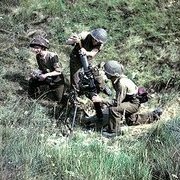



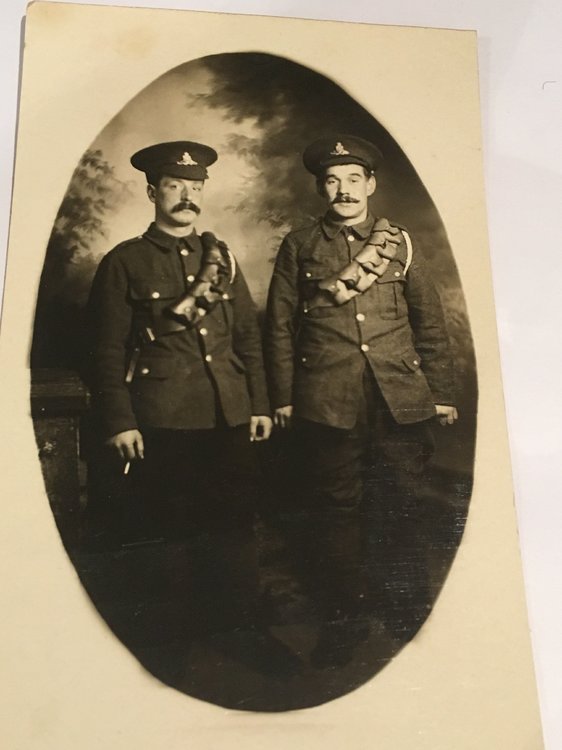
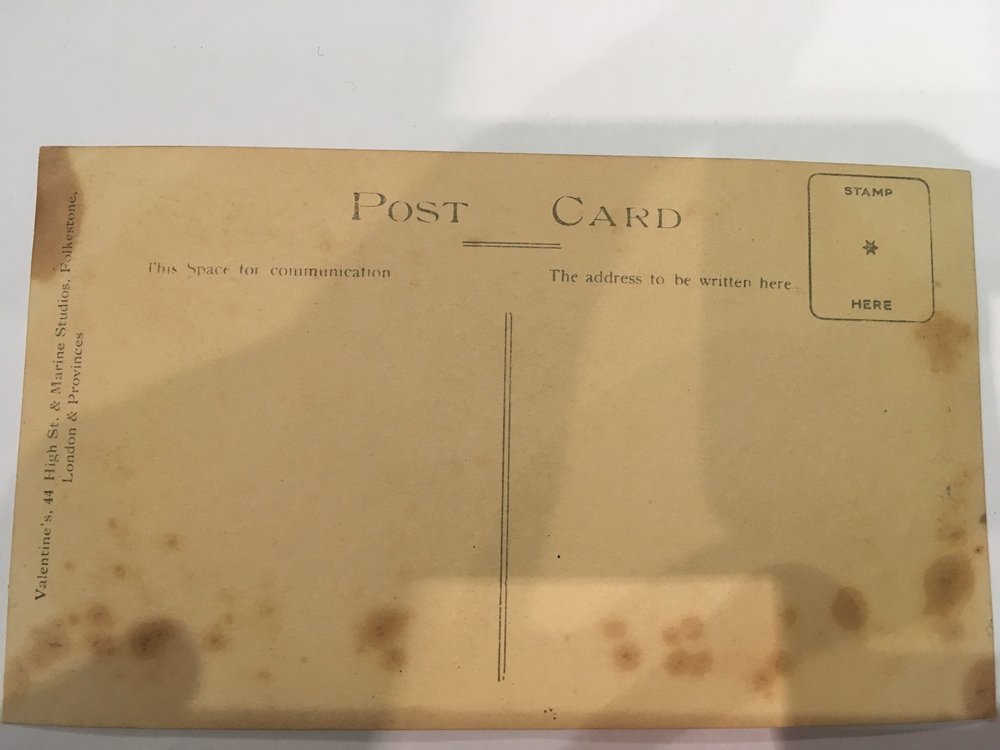
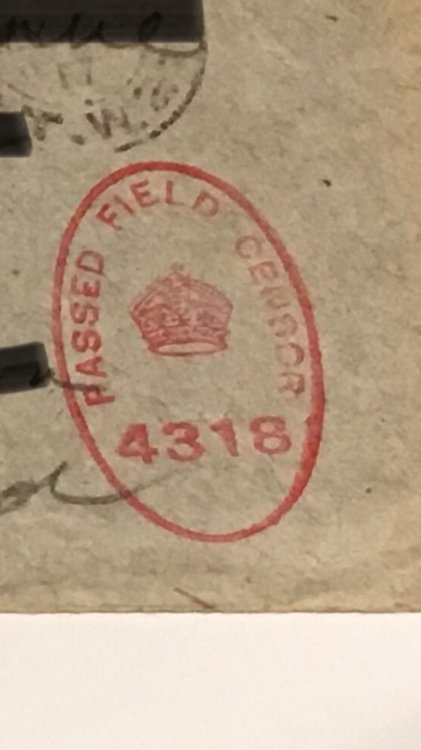
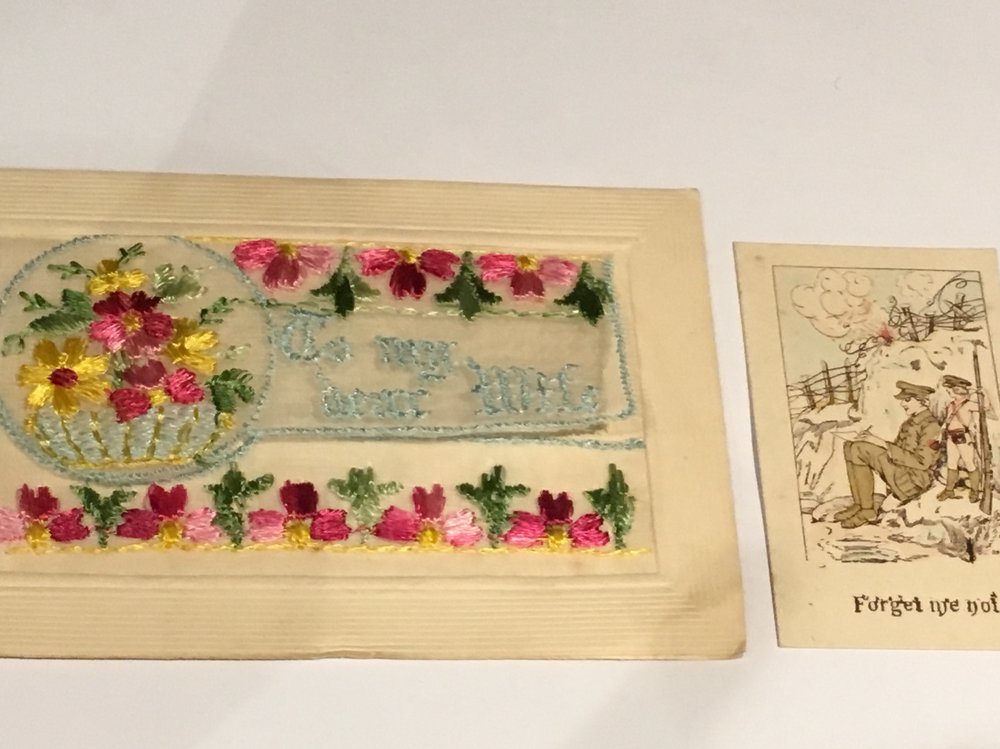
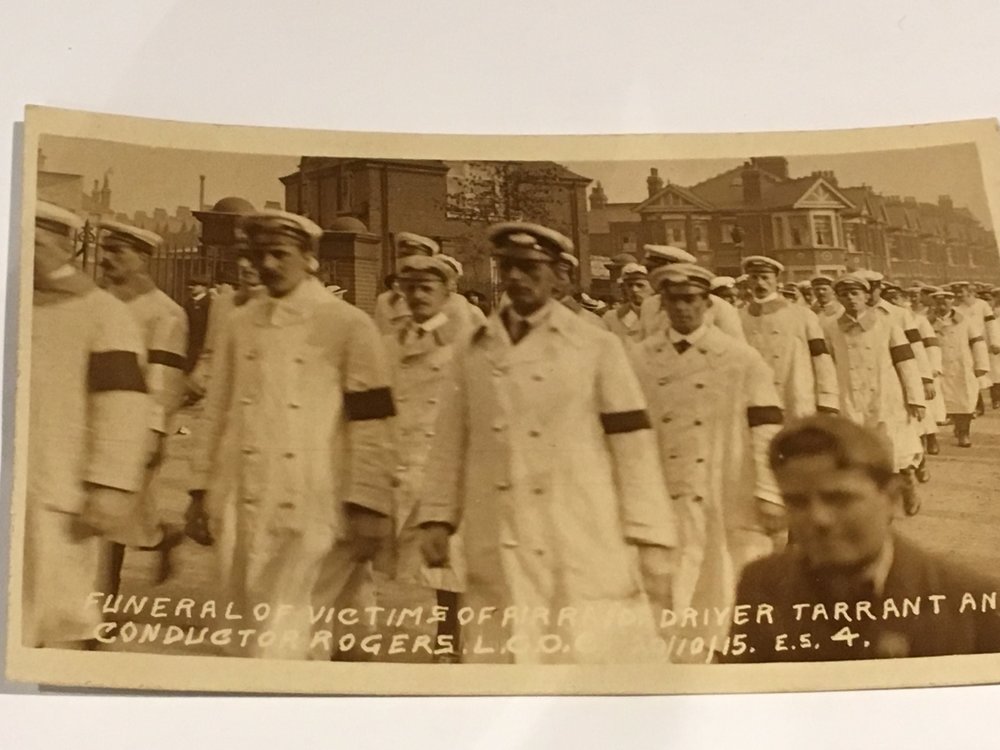
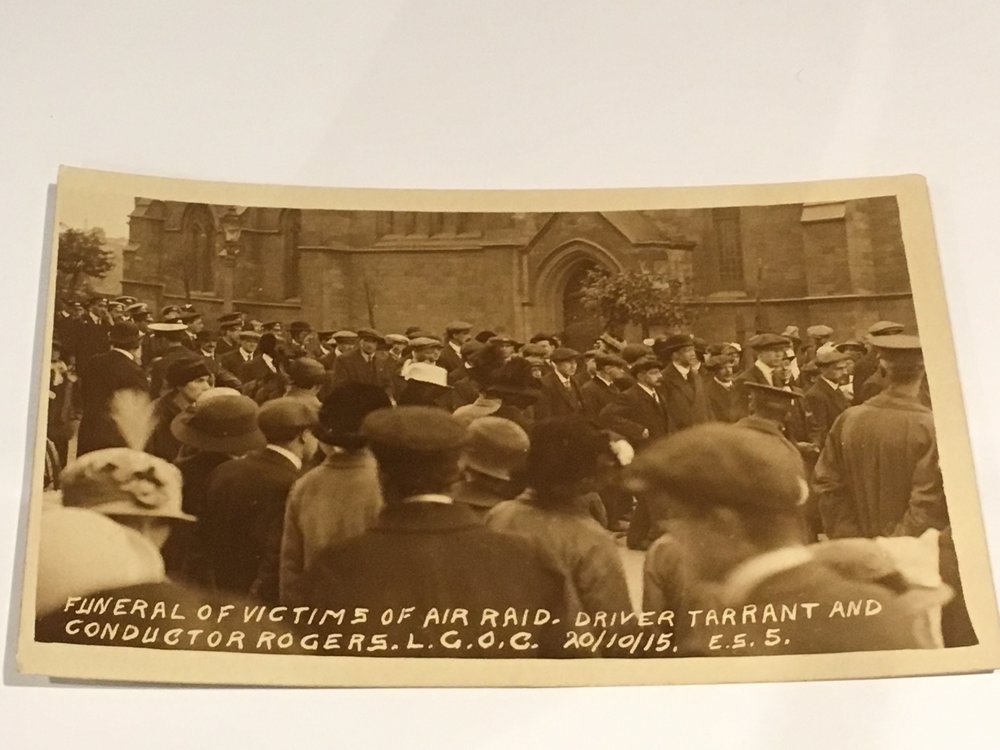

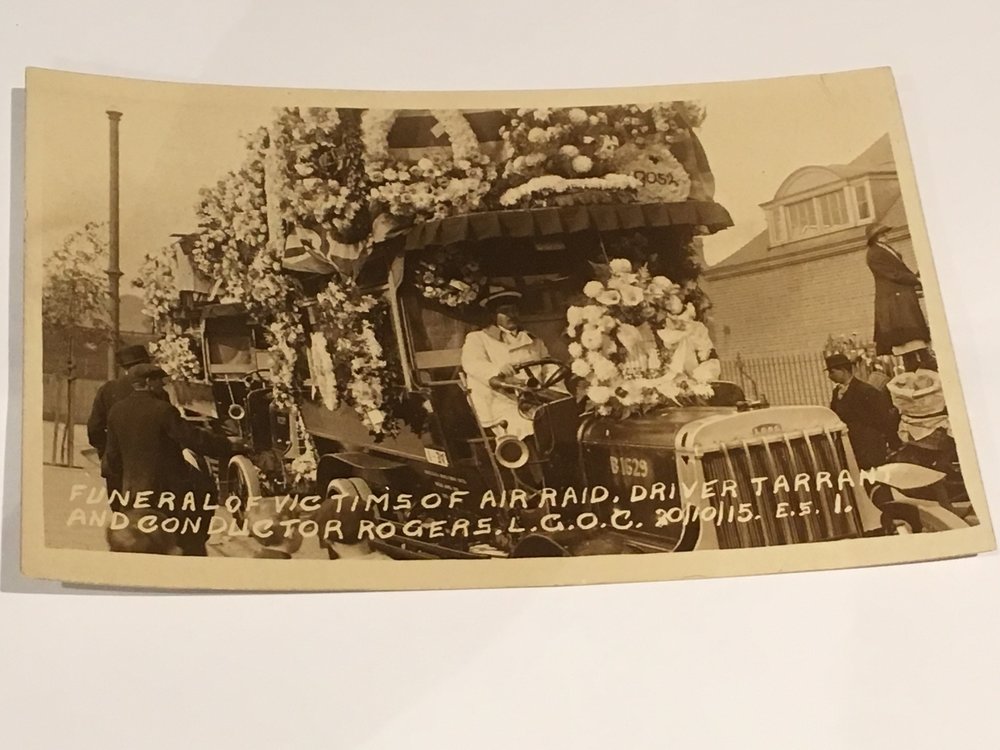
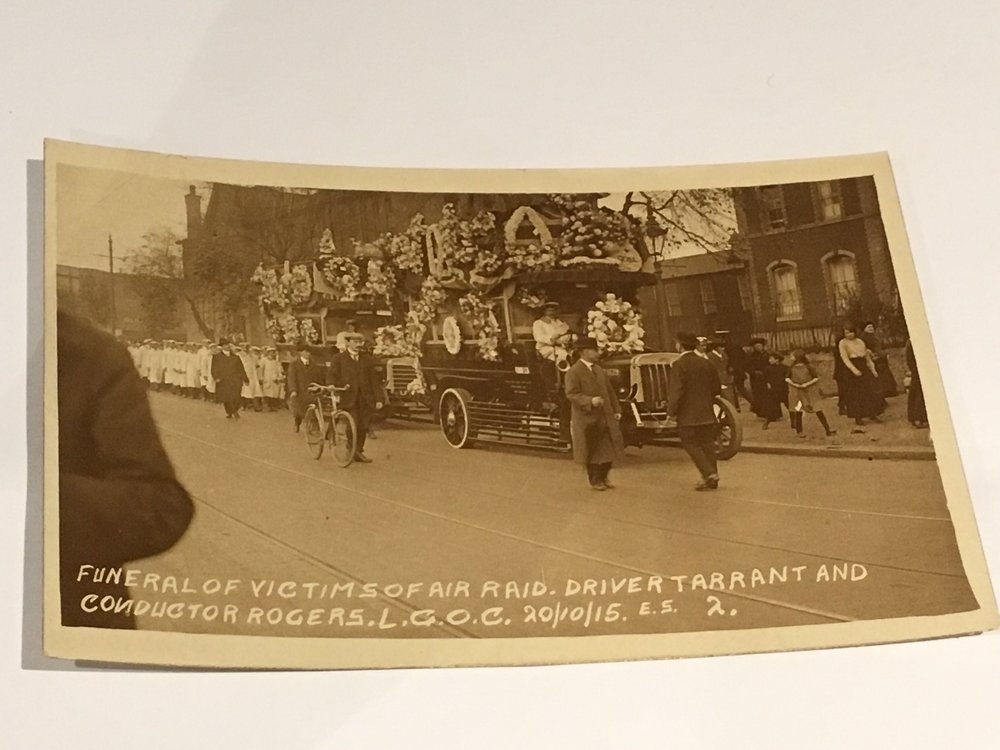
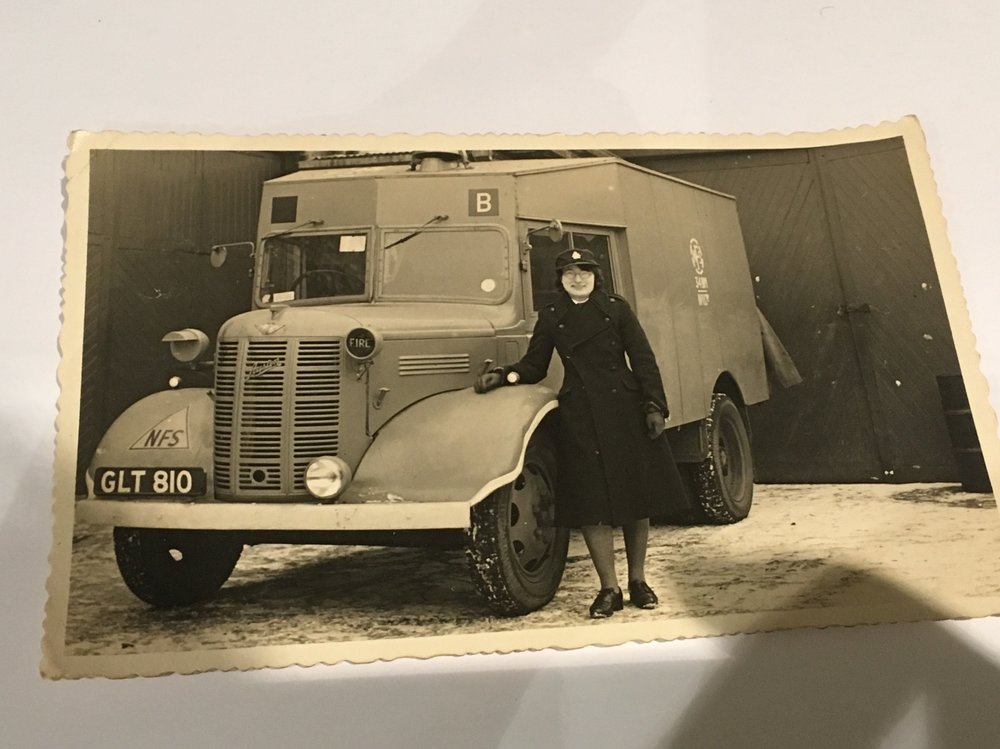
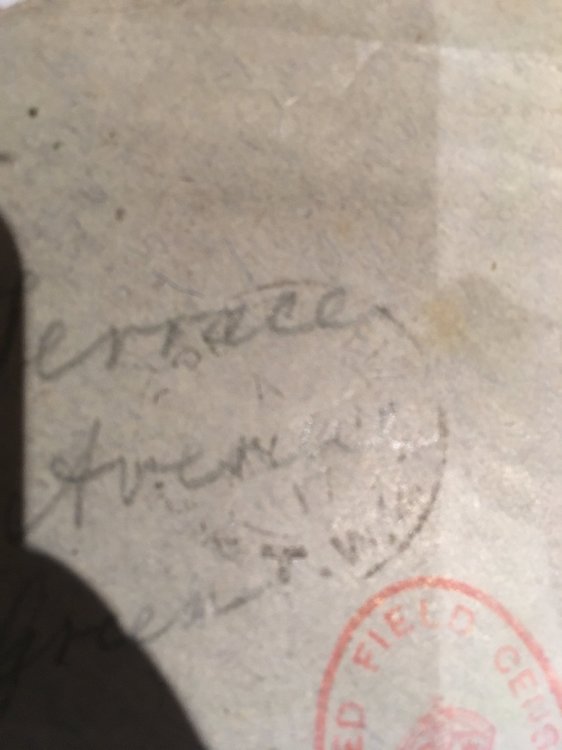
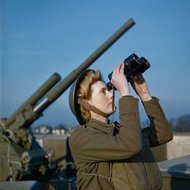

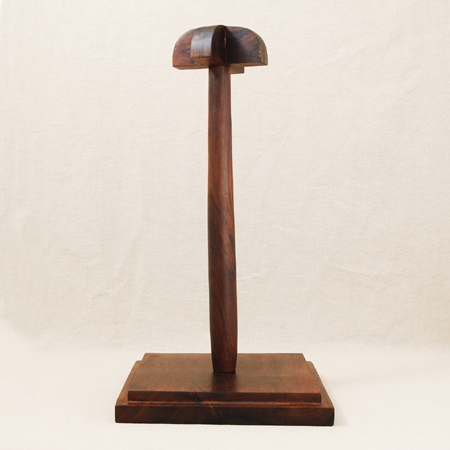
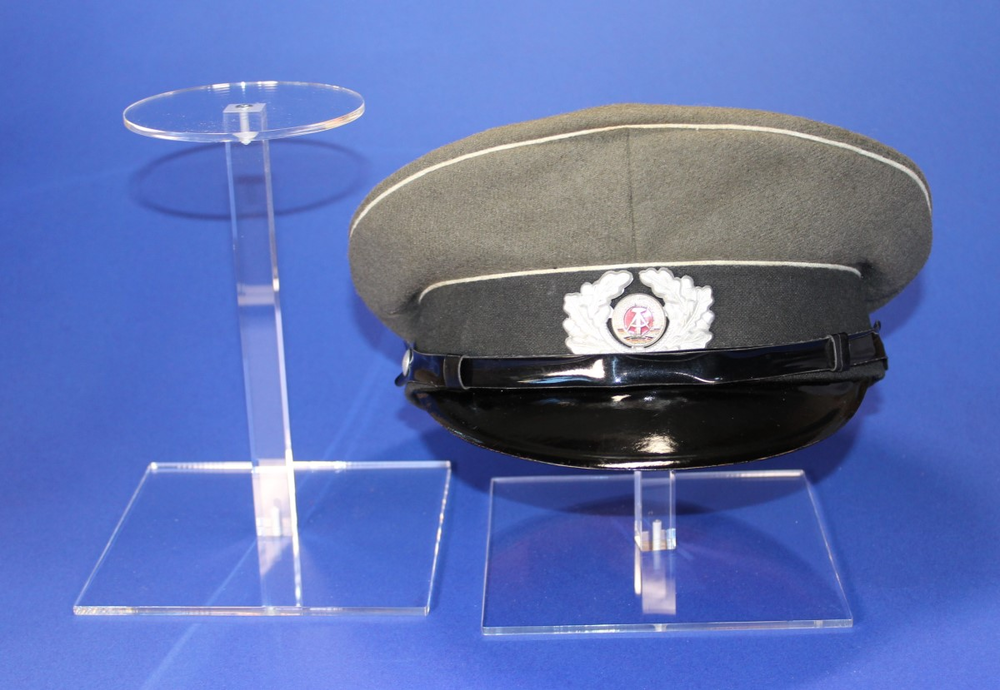
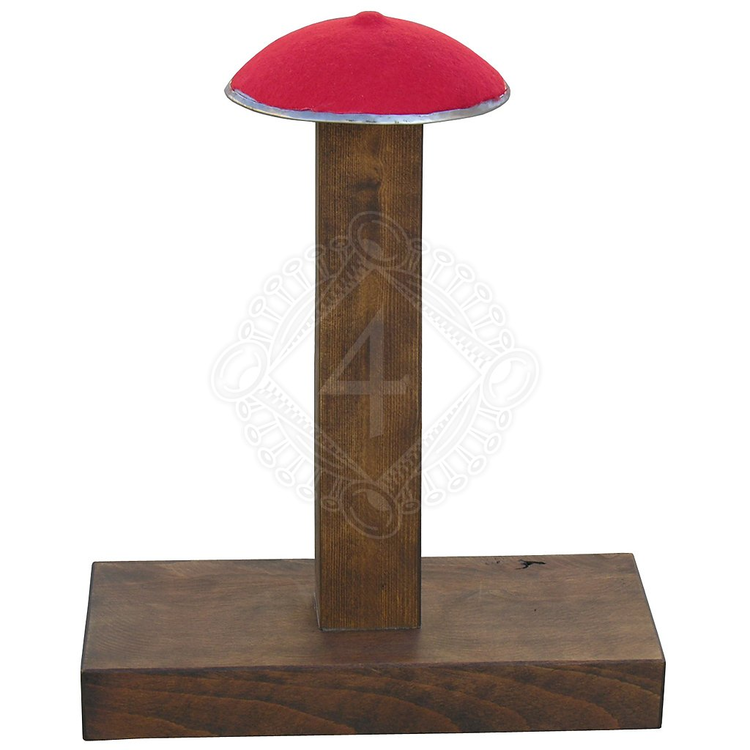
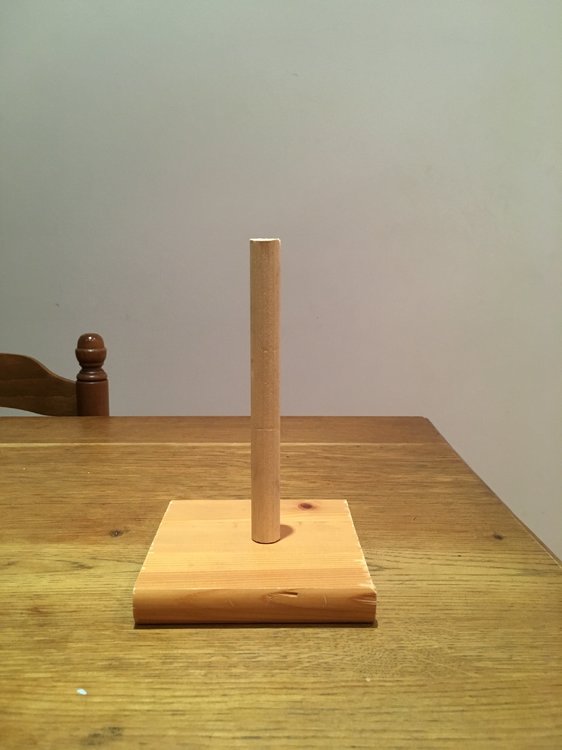
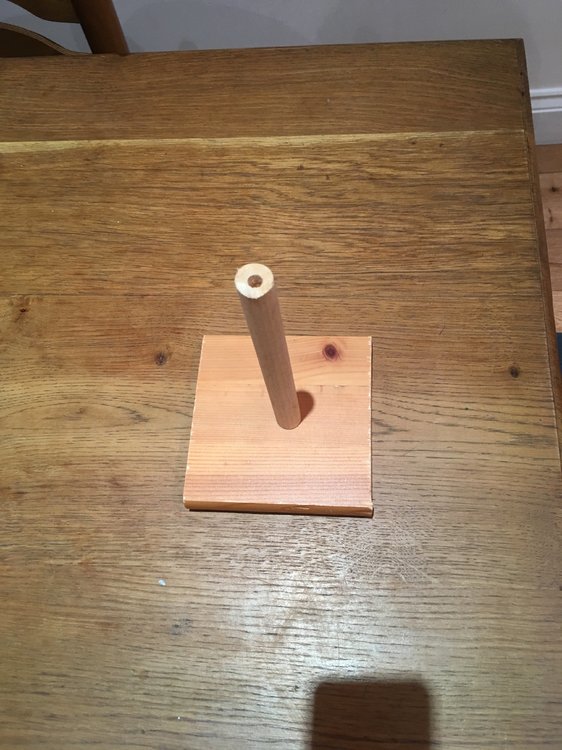
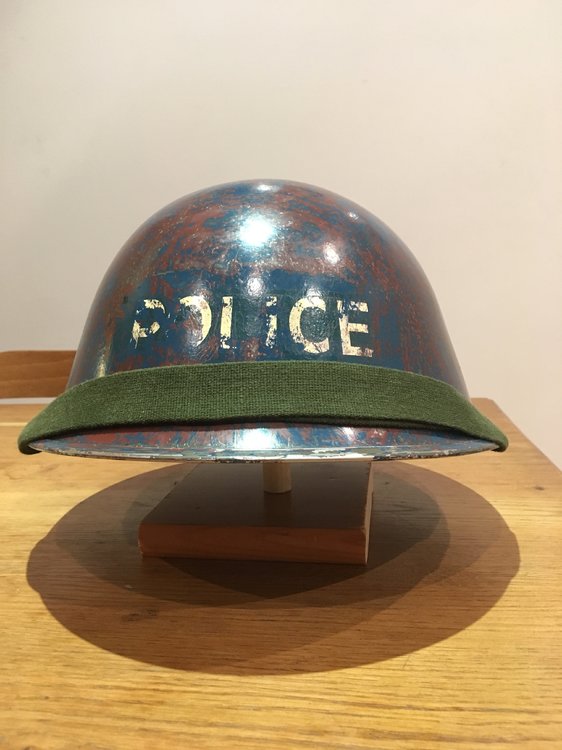
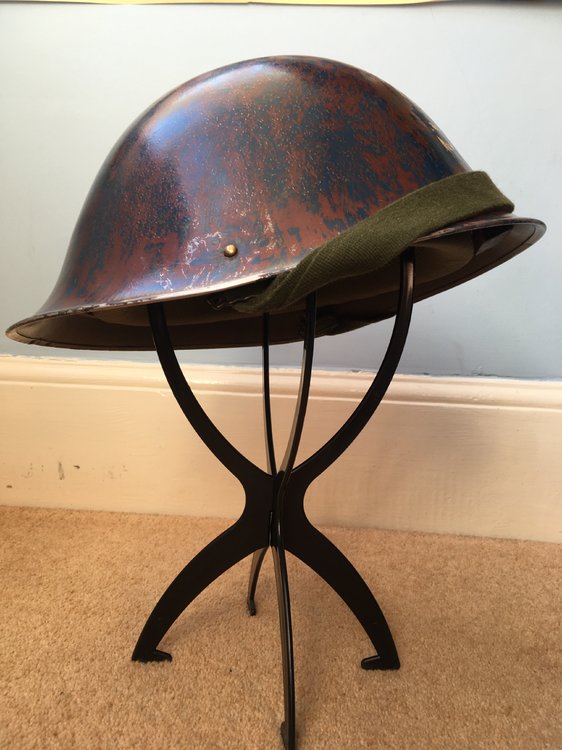
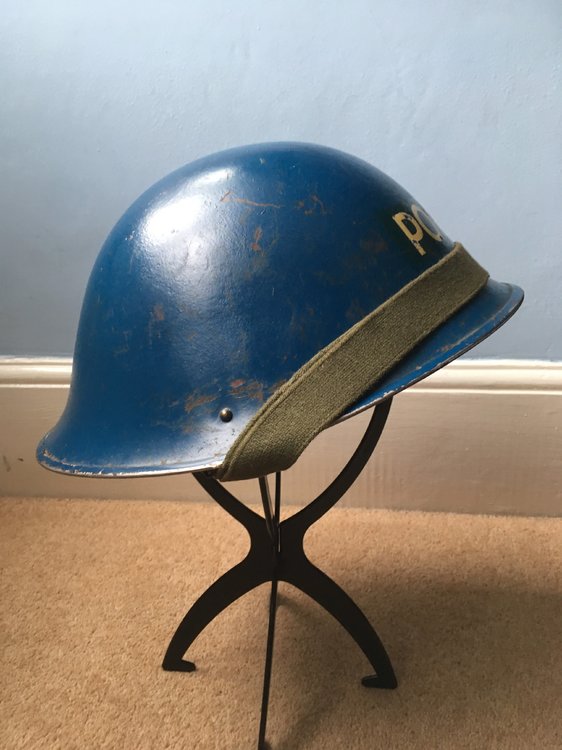
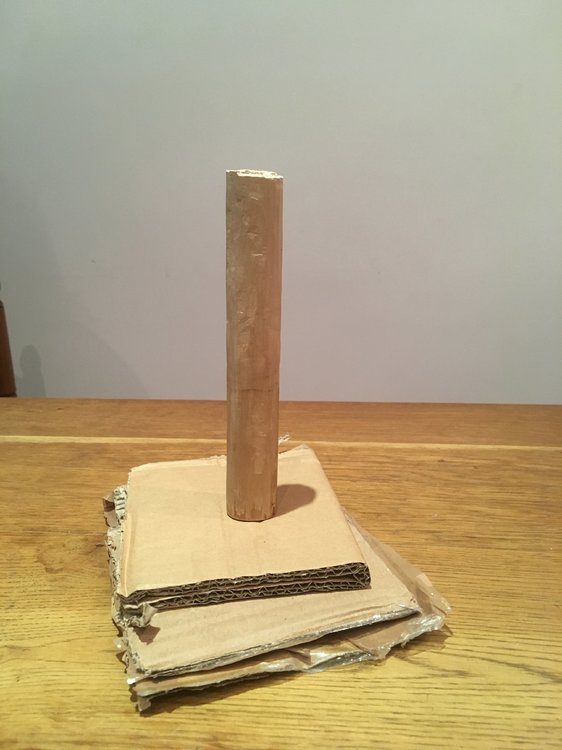
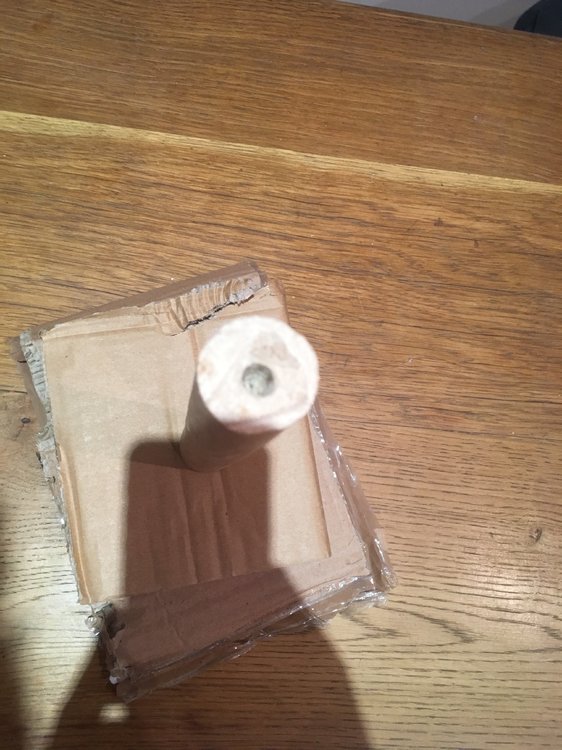
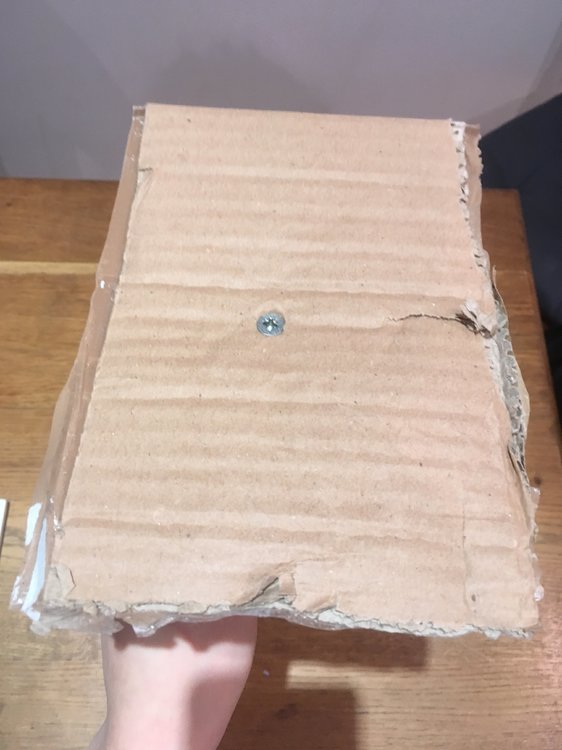
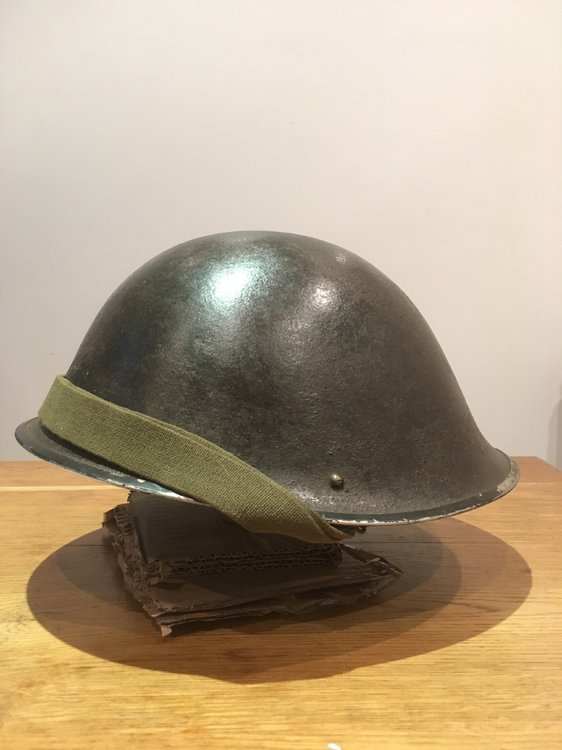
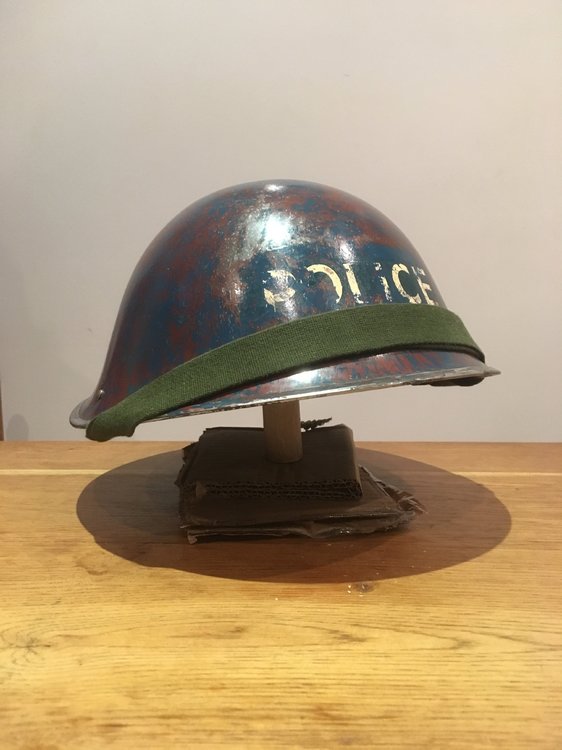
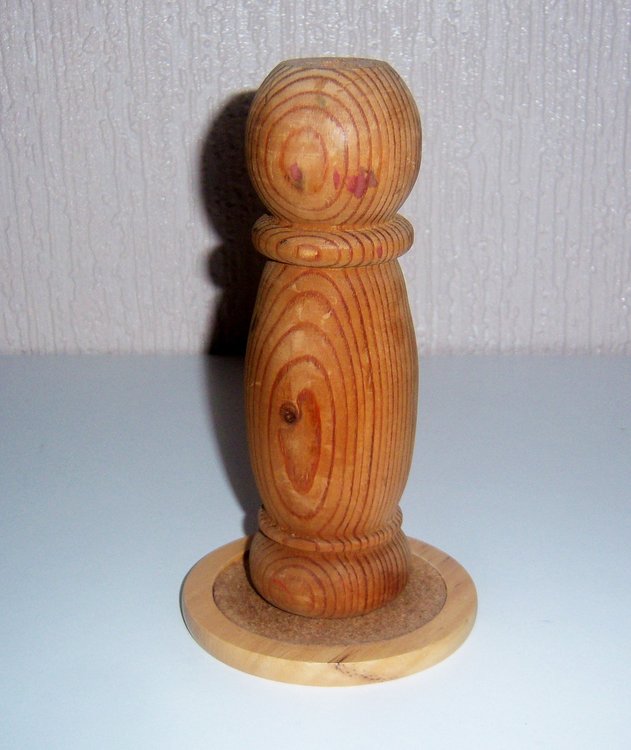
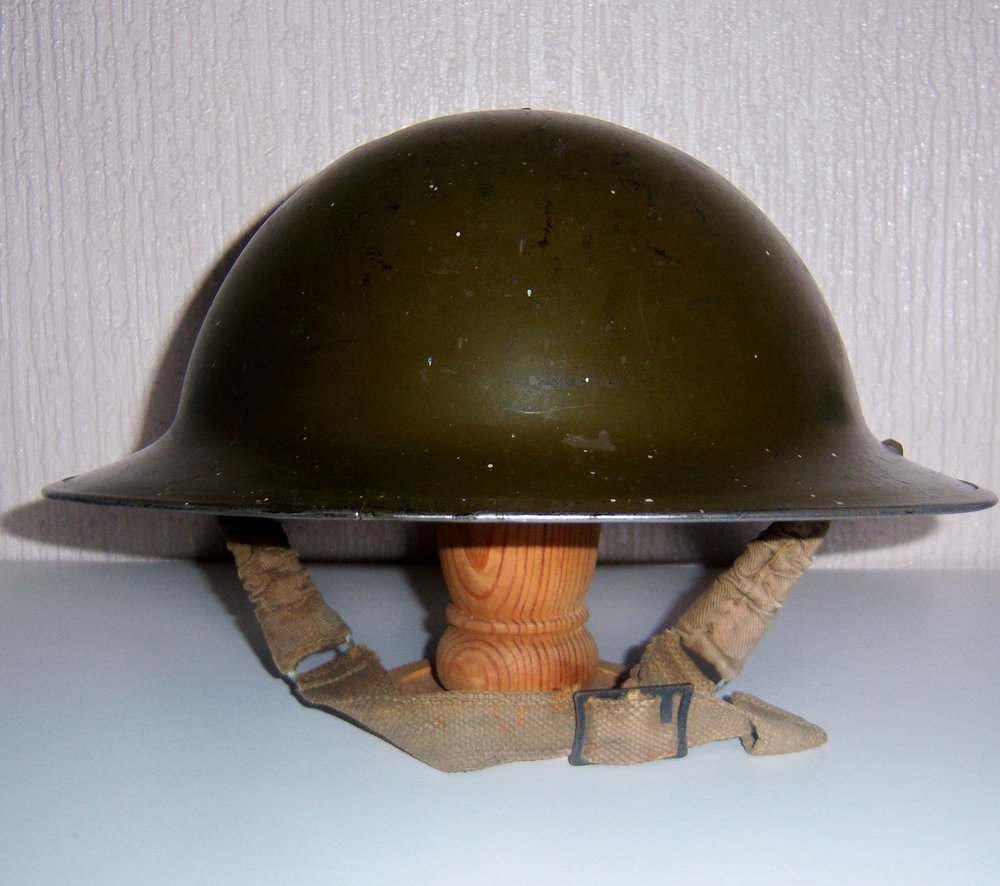

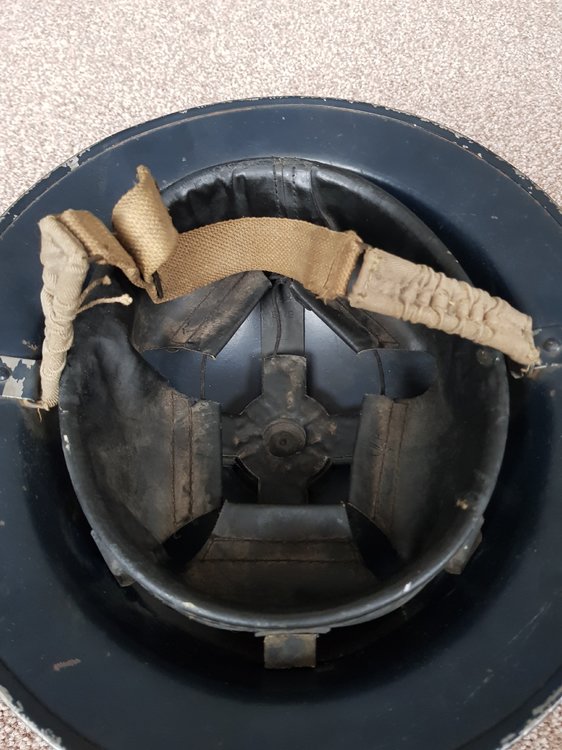
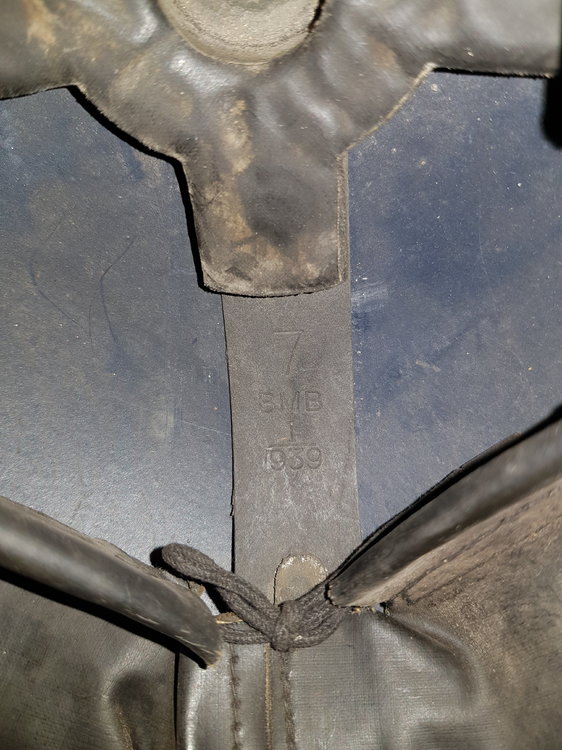
.thumb.jpg.d0fa0432229968216ad4f834cad5c03f.jpg)
